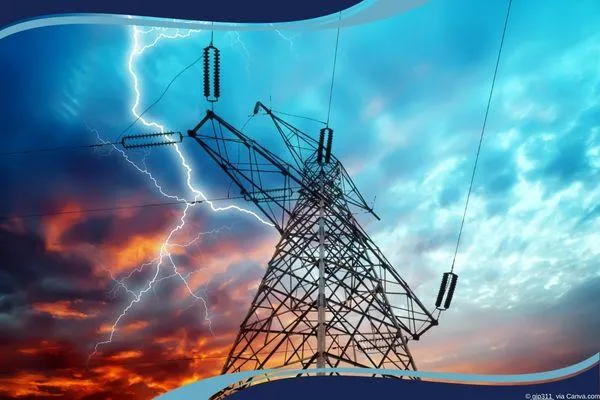NEWS, MEET STRATEGY
Real news, real insights – for small businesses who want to understand what’s happening and why it matters.

AI Energy Crisis Looms—How Smart Tech Is Fighting Back
By Vicky Sidler | Published 10 August 2025 at 12:00 GMT
Artificial intelligence may be the future—but it’s also thirsty. Not for data. For electricity.
According to the International Energy Agency, AI’s data centers could consume 3% of the world’s electricity by 2030—double what they use today. That’s the same energy footprint as some entire countries.
And while AI is busy drafting emails, generating code, and making deepfakes of people who’ve never danced, engineers are scrambling to make sure the lights stay on.
TL;DR
AI’s energy use could hit 3% of global supply by 2030
Tech companies are betting on better chips, liquid cooling, and smarter programming
Liquid cooling is replacing power-hungry air conditioning in data centers
New algorithms can cut AI chip energy use by 20–30%
Efficiency helps—but total power use will still rise
Need help getting your message right? Download the 5-Minute Marketing Fix.
Why AI’s Appetite Is Growing So Fast:
Modern AI runs on data centers stuffed with high-powered GPUs from companies like Nvidia. These chips consume 100 times more power than servers did 20 years ago.
The problem? AI demand is growing faster than the world can build new power plants. Even McKinsey warns of a looming electricity shortage.
Mosharaf Chowdhury, a computer science professor at the University of Michigan, says there are two ways to fix it:
Find more energy (slow, expensive, and geopolitically messy)
Use less energy for the same computing power (smarter, cheaper, and already in progress)
The “Clever” Fixes Already in Play:
Some of the best solutions are happening in places the public rarely sees—inside the servers themselves.
Targeted cooling: Instead of blasting cold air through entire buildings, AI-powered sensors now adjust temperatures by specific zones. This means less wasted water and electricity.
Liquid cooling: Replacing noisy air conditioners, coolant is circulated directly through servers. Amazon’s AWS even designed a liquid system for Nvidia GPUs so they didn’t have to rebuild entire data centers.
Energy-aware algorithms: Chowdhury’s lab created software that calculates exactly how much juice each AI chip needs—cutting energy use by up to 30%.
Better chip efficiency: Each new GPU generation is more energy-efficient than the last, although total usage still climbs as demand grows.
Why Efficiency Alone Won’t Save Us:
Here’s the catch: making AI more efficient doesn’t necessarily lower overall energy use—it just slows the growth. As Purdue University’s Yi Ding puts it, total consumption will still rise because demand for AI is skyrocketing.
Think of it like making cars more fuel-efficient. If everyone then drives twice as much, fuel use still goes up.
And the AI arms race isn’t just about performance—it’s about politics.
The U.S.–China Energy Chess Game:
In January, Chinese startup DeepSeek shocked the industry by releasing an AI model that matched top U.S. systems while using less powerful—and less energy-hungry—chips.
Their trick? Smarter programming. They skipped an energy-intensive training step and optimized their GPUs for efficiency.
If AI is the new space race, energy might be the rocket fuel—and China is investing heavily in renewable and nuclear capacity. That’s a potential advantage the U.S. can’t ignore.
What Small Businesses Should Learn from This:
You might not be running an AI data center in your garage, but the lesson is the same: efficiency wins.
Whether it’s your marketing, operations, or energy bill, you get more runway when you use fewer resources for the same (or better) results.
In marketing terms, that means clearer messaging, tighter targeting, and smarter systems—not just shouting louder online.
And if you’re not sure where to start?
Try the 5-Minute Marketing Fix.
It’s a free, practical tool that helps you craft one simple sentence that makes your business clear and compelling—so customers actually stick around long enough to buy.
Because in business, just like in AI, efficiency beats waste every time.

Created with clarity (and coffee)






